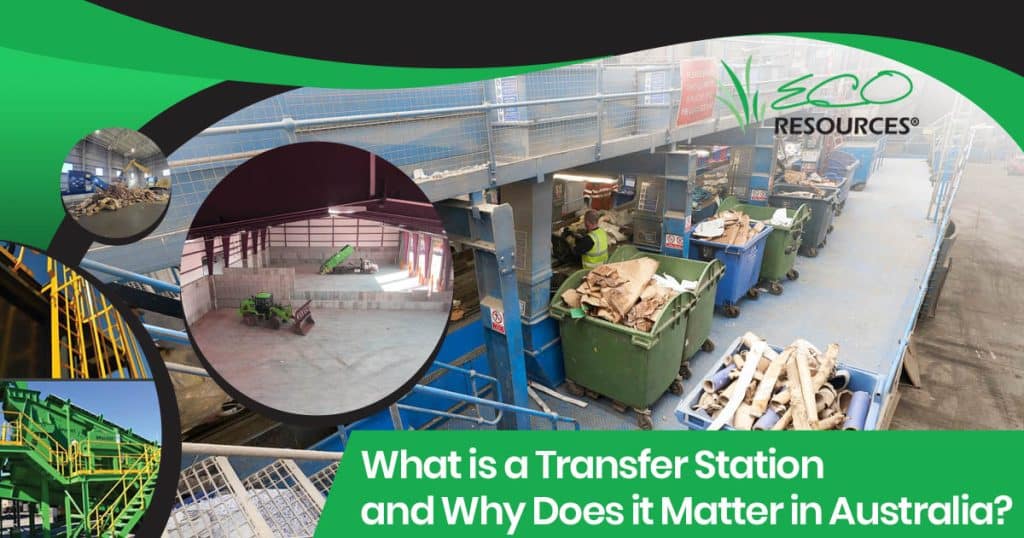

Ever wondered what happens to your trash after it’s picked up from your curb? Enter transfer stations, the unsung heroes of waste management in Australia.
A transfer station is like a pit stop for our trash on its way to the final destination. They’re where our garbage takes a breather before moving on, helping make our waste disposal system smoother and more eco-friendly.
A transfer station is like a middle stop between your place and the landfill. Waste trucks drop off garbage there to sort, compact, and send to landfills in bigger loads.
Ever wondered what goes on behind the scenes at a waste transfer station? Let’s break it down.
It’s a fascinating process that shows how we can manage our waste responsibly while looking out for the planet.
Now that we know what transfer stations do, let’s talk about why they’re so important.
By consolidating waste and optimising transportation, transfer stations make the whole waste management process more efficient. Fewer trips mean less traffic, lower fuel consumption, and reduced wear and tear on our roads.
Running a bunch of small trucks back and forth to the landfill is expensive. Transfer stations help cut costs by streamlining the process and making the most of each trip.
That means lower expenses for waste management companies – and potentially lower costs for consumers, too.
Every time we toss something in the trash, it has consequences for the environment. Transfer stations help minimise those impacts by reducing emissions, conserving resources through recycling, and diverting waste from landfills whenever possible.
Transfer stations aren’t just good for the planet – they’re good for communities, too. By providing services like recycling facilities and tip shops, they help promote sustainability and create a sense of environmental responsibility among residents.
Transfer stations might not sound fancy, but they’re vital for our waste management. They gather and sort trash efficiently, saving money on transportation.
Plus, they help recover resources, making our planet healthier. Remember, every time you toss something, you’re part of the effort, even if you don’t see the waste transfer station in Western Australia (WA) by Eco Resources working hard behind the scenes.

Kristy Sumich is the owner and director of Eco Resources, a prominent waste management and recycling service in Western Australia. With deep industry knowledge and hands-on operational experience, Kristy is dedicated to providing sustainable solutions in waste management.
All rights reserved © Eco Resources. Website by Selling Online Made Simple. Sitemap.